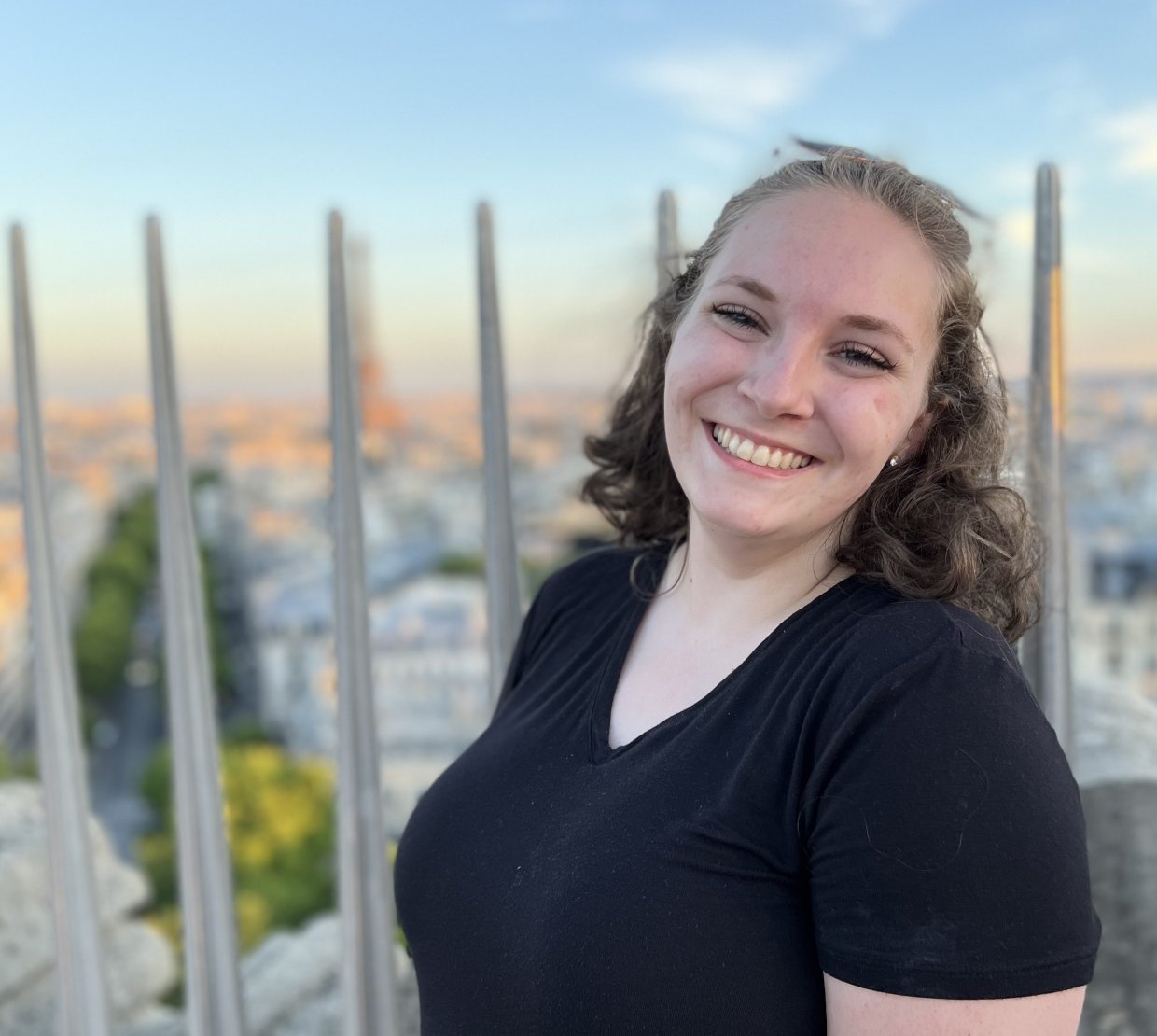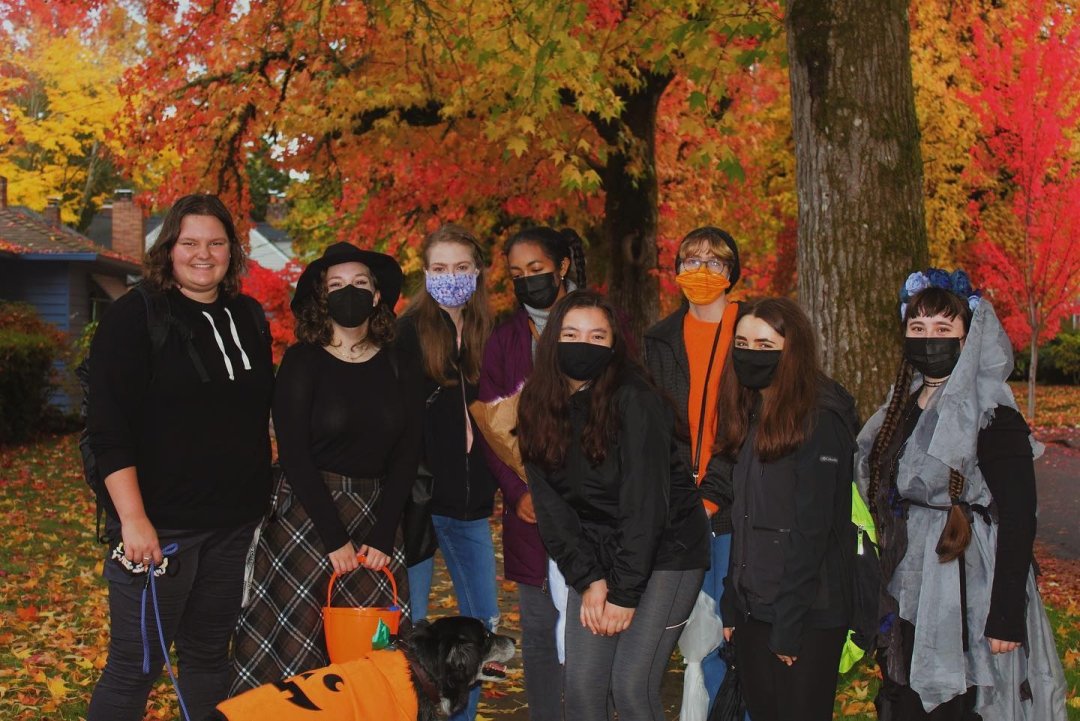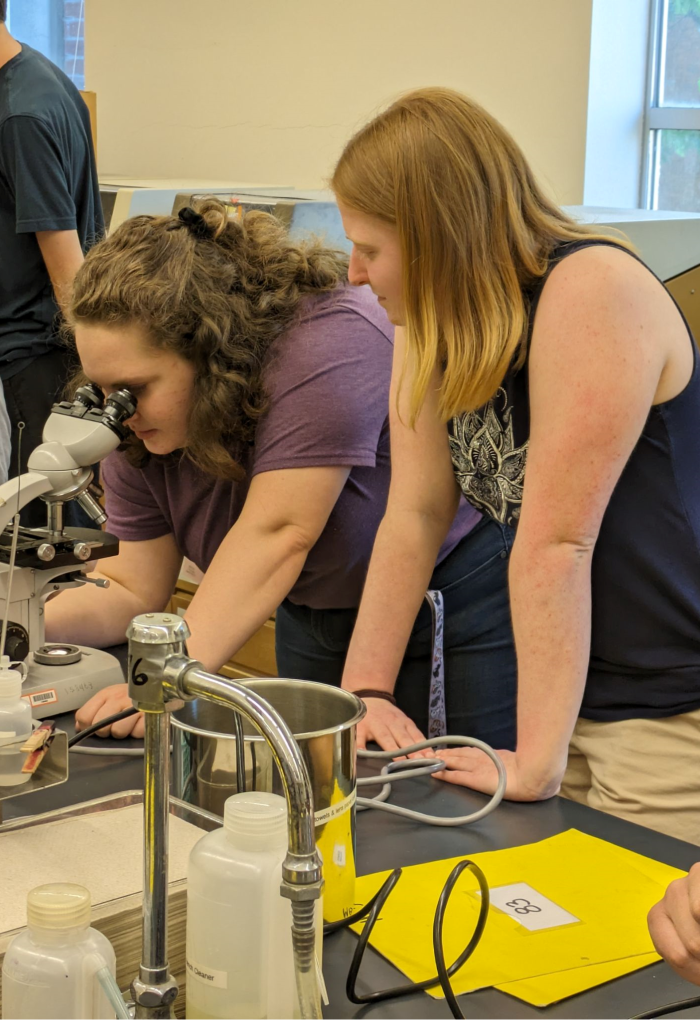At times, medicine can feel like a paradox. Everything is built around a patient’s well-being, yet, it may gradually become easier for practitioners to focus on physical issues rather than emotional ones.
Microbiology senior Catherine Sterrett remembers a time when medicine for her had boiled down to colorless facts from a book — these symptoms meant this condition which meant this treatment. But after she found herself in a hospital as a patient, not a scientist, her greatest motivation became bringing humanity into medicine.
“You get focused on school and academics and everything from books and paper versus the real human experience of being scared in the hospital, not knowing what's going to happen,” she said. “To me, it highlighted some of the issues that happen when you're the patient in the bed and how I want to go forward to be better.”
After she graduates this June, Sterrett will be heading to Western University of Health Sciences for medical school. The opportunities she’s had and the impact she leaves behind at OSU have built the path forward to her career. Working in this field calls for kindness and trust, Sterrett says, and she plans to bring both in spades.
Two sides of medicine
Before she came to Oregon State, Sterrett took community college courses through her high school for three years. When graduation rolled around and she prepared to head to Corvallis, her plans (much like everyone else’s) were abruptly cut short by the global COVID-19 pandemic. Still, she refused to let this keep her from finding a community.
Sigma Delta Omega is a sorority dedicated to women in STEM and is exclusive to Oregon State University. As an unhoused sorority, it was a perfect match while Sterrett lived in Portland, Oregon during her first year.
“I ended up reaching out and going to recruitment. For me, it was one of the most amazing decisions I could have made,” she said. “I got into the Zoom room and got to talk to people who wanted to talk to me, who were there to make friends. That's the whole point.”
Before she’d even had a year under her belt, Sterrett decided to become the membership development chair for SDO. She organized conversations between other pre-med members and health care alumni, helping students see different routes they could take in medicine and giving them the chance to network with professionals from many fields.
Later, she transitioned into philanthropy co-chair and organized one of the sorority’s most profitable events, a Halloween porch decorating contest, which raised money for the precollege OSU Stem Academy program.






